Many of us are trying to live in a way that is more mindful to our environment, as well as being economical. Though we can’t really avoid creating some waste when we create, we can learn how make the most of our materials.
Scrap busting projects are perfect for this. As well as being sustainable, they’re also fun! There are so many wonderfully creative ways to mend and work scraps into your makes.
I have an embarrassingly large stash of fabric and wool scraps – treasured pieces too precious to let go of. Lately I’ve been thinking of creative ways to use them. Last week I shared a tutorial of some basic Scotch darning techniques using some leftover wool, but it’s just the tip of the scrap busting iceberg!
In this mending series we’ll be looking at different techniques from around the world, as well as some from closer to home.
The art of mending
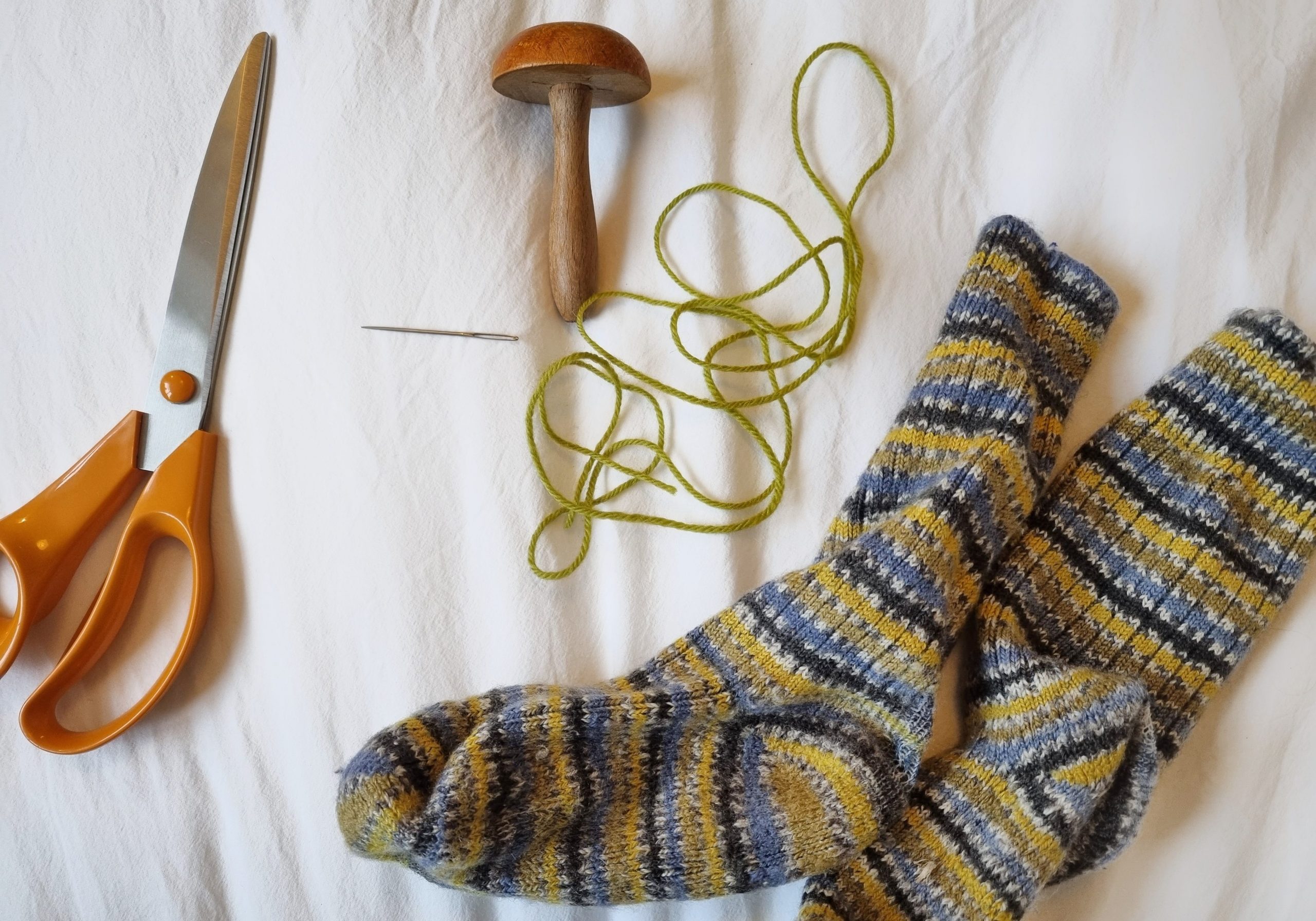
Mending connects us to our clothes – they travel with us, showing signs of wear and developing impressions of our life. Of course it’s not a new idea, mending your clothes and making use of scraps has been practised for generations.
Sometimes it was used to embellish garments and weave in precious materials, or as a means of reinforcing clothing or making it warmer – such as the heavily woven patchwork ‘boro’ used in Japan.
Once a common practice, mending and darning has become a desirable skill. There’s growing interest in relearning this lost art and this Renaissance has energised a wave of crafters to get creative with the materials around them.
Why is mending becoming so popular again?
There’s now a wealth of resources for the modern mender, including books, online tutorials and in-person workshops.
But why is mending in vogue again? Possibly, it’s as a reaction to the high output fast-fashion machine and a period of forced reflection during the recent COVID-19 pandemic. The national lockdowns saw a huge increase in crafting practices – those hoping to learn a new hobby, or remind their muscles of skills they learned long ago.
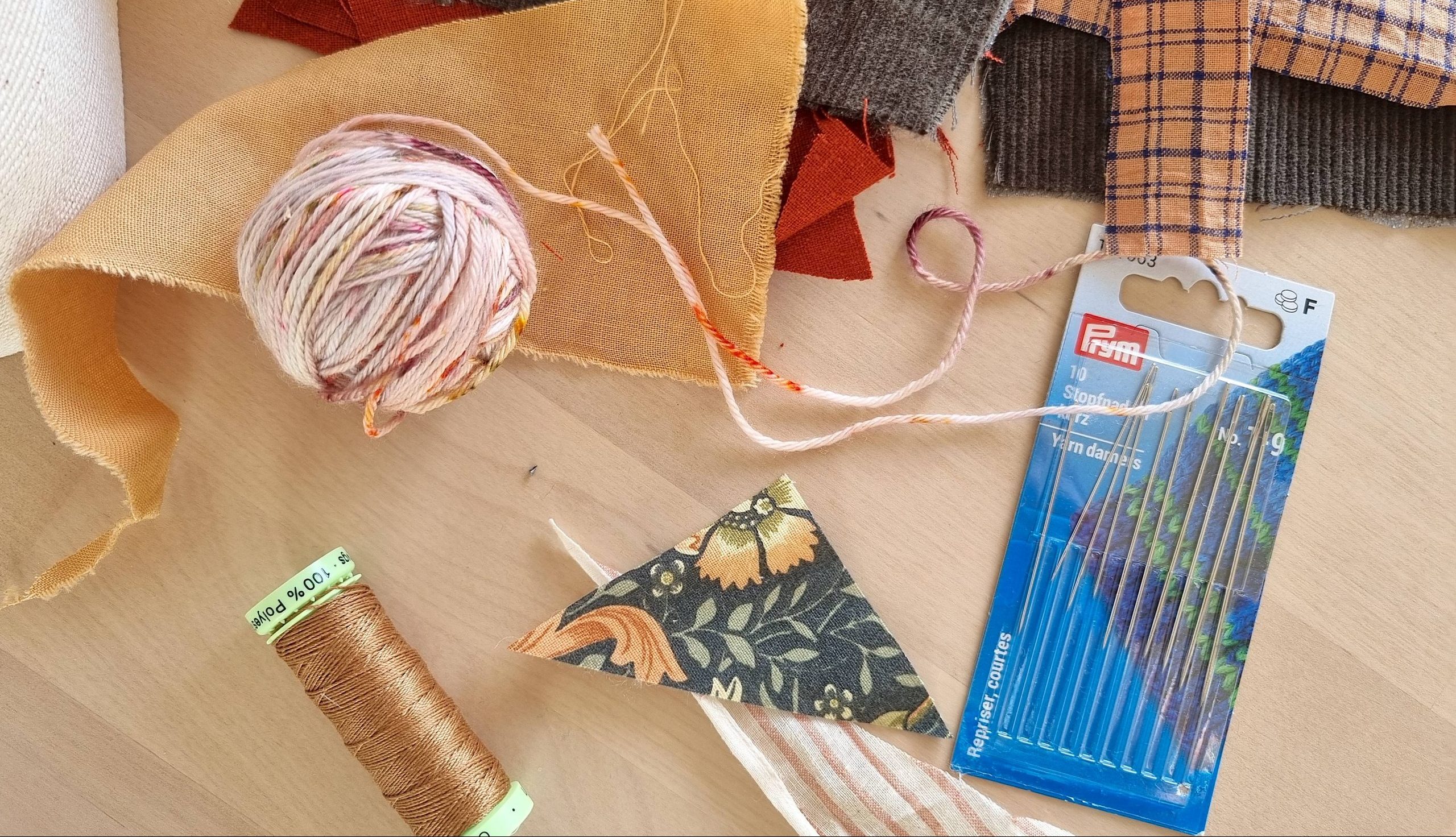
Mending for the future
Many of us are taught how to mend and patch by relatives when we are little. Though this wisdom may not be passed down the generations as often as it once was, we are privileged to have access to an international bank of knowledge and experience, creating new crafting connections across the world which we can then apply in our own homes, lives and local communities.
For the same reason we keep hold of scraps of treasured fabrics, it allows us to prolong the life of something well loved.
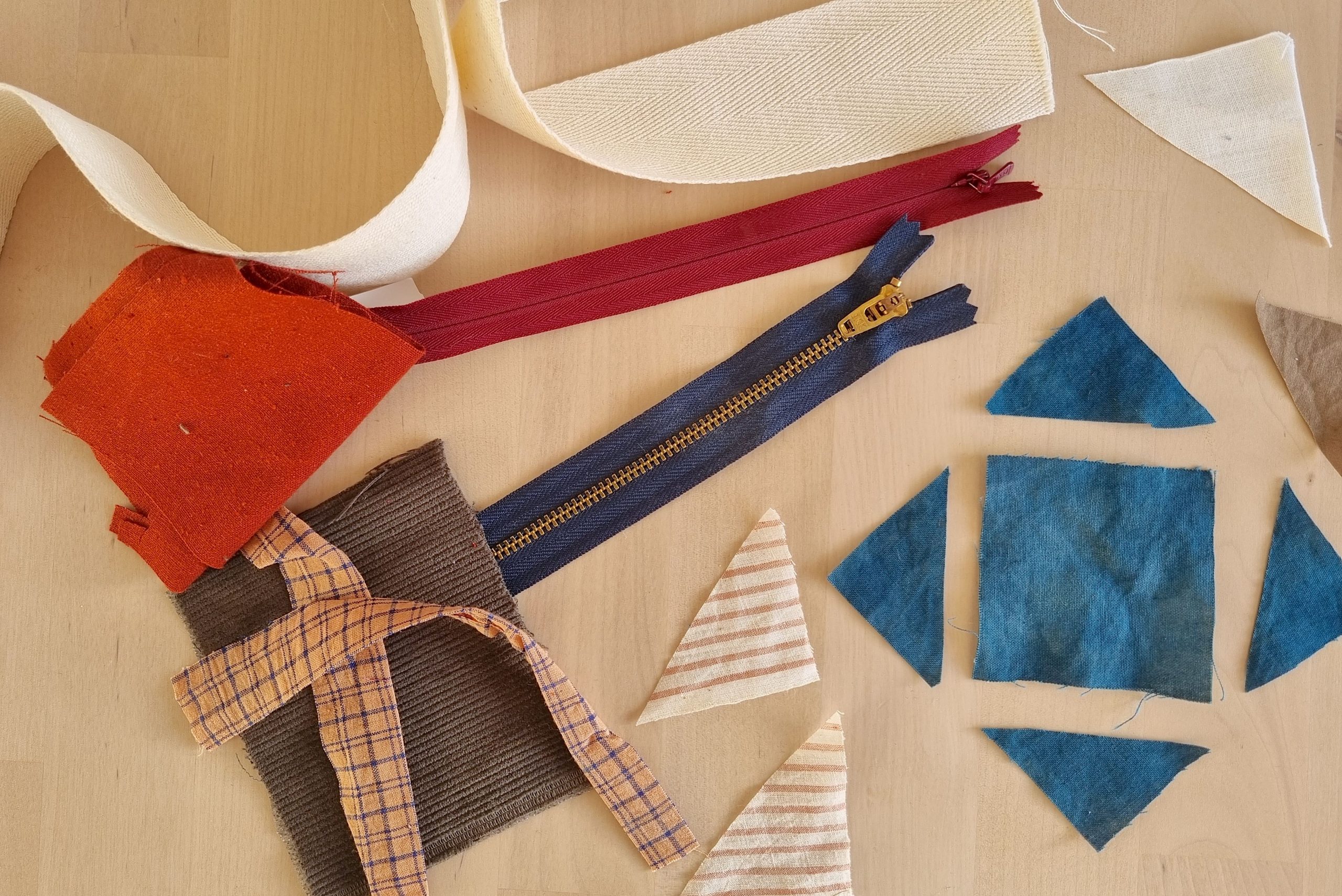
With just a needle and thread you could turn scraps into a quilted jacket. Or by choosing a zip and strong cotton webbing you could make a purse or tote bag. I regularly use leftover yarn to patch clothing I hope to last for years to come.
Mending and scrap using ideas
Coming up we’ll be showing you some lovely and fun ways to elevate your makes using scraps and mending. We’ll be looking at sashiko embroidery and jean mending, patchwork and quilting scraps into beautiful gifts!
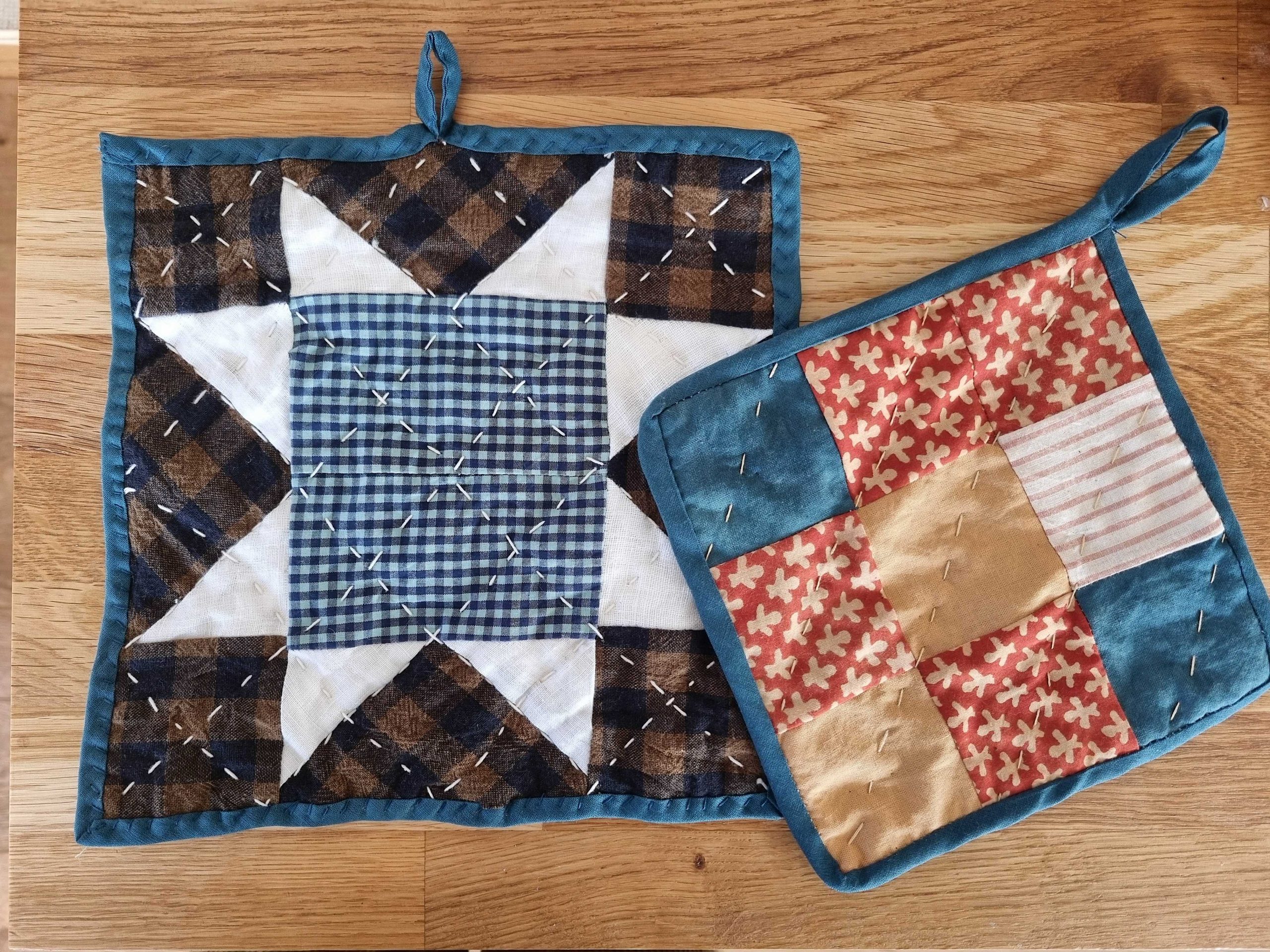
Have you got any projects in mind? We’d love to see your mends and scrap busting ideas! Tag us @thread.and.yarn and @williamgee_uk
Lorna





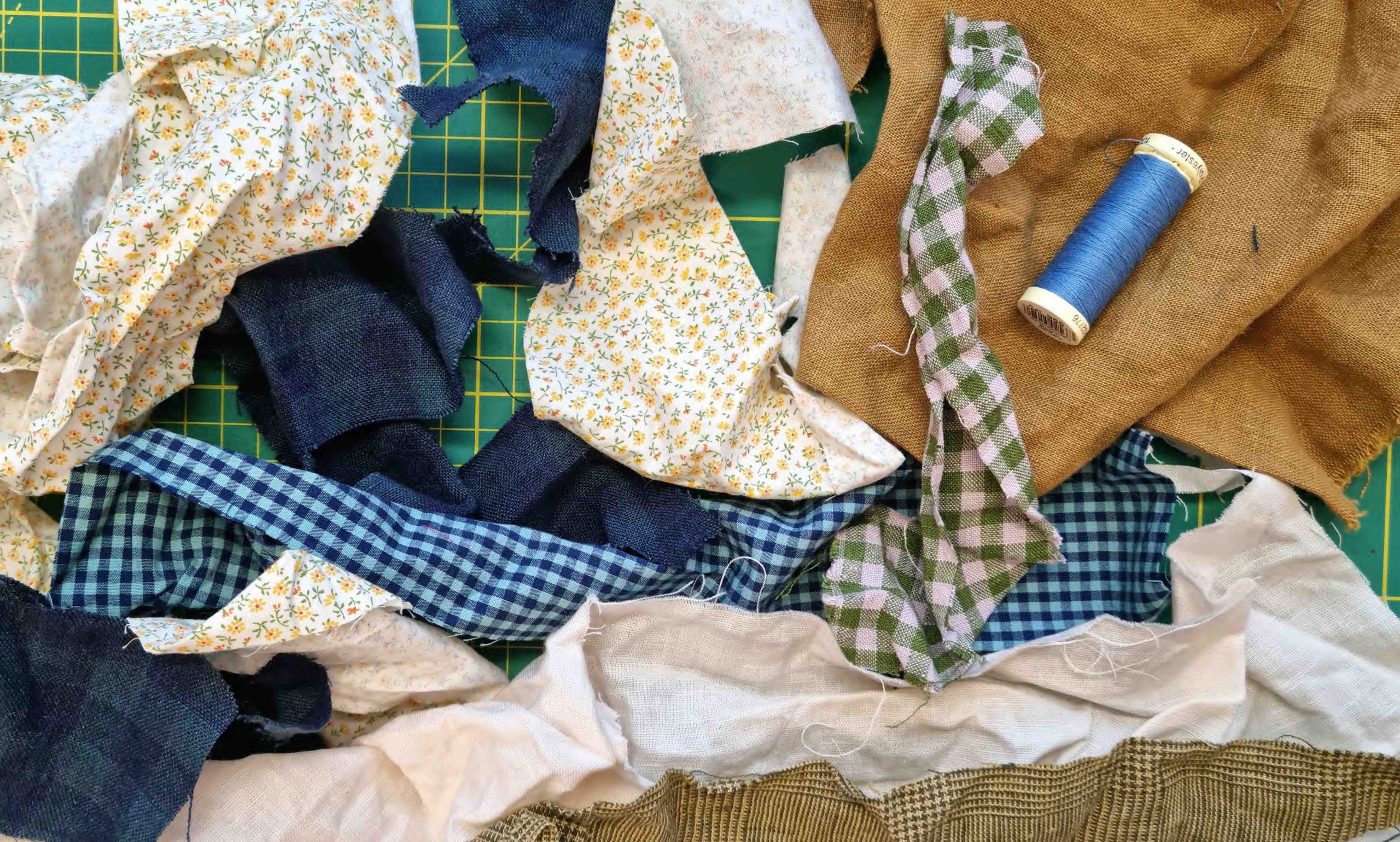
 We’re thrilled to announce that we’ve partnered with Tree Nation, the platform to reforest the world & fight climate change! Home to over 90 planting projects in 33 countries, Tree Nation is a non-profit organisation that helps people & companies offset their CO2 emissions.
We’re thrilled to announce that we’ve partnered with Tree Nation, the platform to reforest the world & fight climate change! Home to over 90 planting projects in 33 countries, Tree Nation is a non-profit organisation that helps people & companies offset their CO2 emissions.